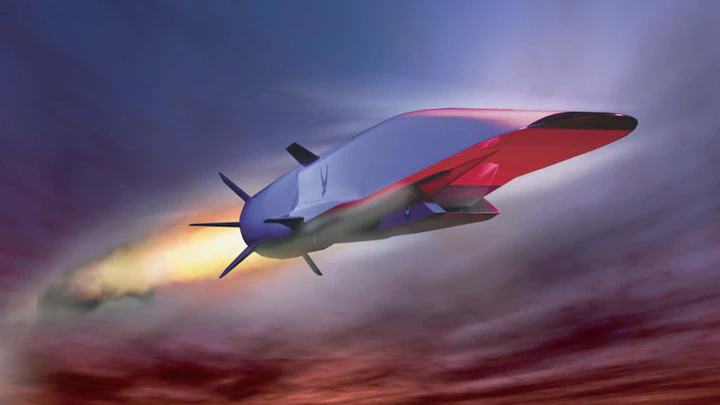High-speed combustion

Since 2014, we have undertaken extensive studies of the multi-scale interactions between turbulence and premixed flames, particularly focused on highly turbulent conditions. Using a conditional Fourier analysis and data from direct numerical simulations (DNS) of premixed flames, we provided the first quantitative evidence of net kinetic energy backscatter in turbulent premixed combustion. In particular, an analysis of spectral kinetic energy transfer indicated that, contrary to the net down-scale transfer of energy found in the unburnt reactants, advective processes lead to a net transfer of energy from small to large scales in the flame brush close to the products. Since this study, we have continued to examine multi-scale turbulence-flame interactions and the spectral structure of turbulence in premixed flames using structure function, differential filtering, and wavelet analyses. Taken together, these studies represent an in-depth and coordinated effort to understand the multi-scale nature of turbulence and premixed flames, and our group has subsequently become one of the leaders in this area of study.
To better understand the effects of turbulence on chemical reactions in the flame, we have developed and used a Lagrangian analysis to track changes in chemical species concentrations and thermodynamic variables as they occur in fluid parcels traveling through a premixed flame. We found that temperature and chemical species evolutions along fluid trajectories were non-monotonic due to the effects of molecular transport, that fluid parcel residence times during combustion were substantially shorter as the turbulence intensity increased, and that the turbulent flame speed could be predicted using only Lagrangian information. These results have implications for our understanding of turbulent flame structure, chemical reaction pathways, flame speed predictions, and the formation of reactant pockets in highly turbulent flames. We have now extended this analysis to the study of autoignition and combustion modes in highly compressible reactive turbulence.